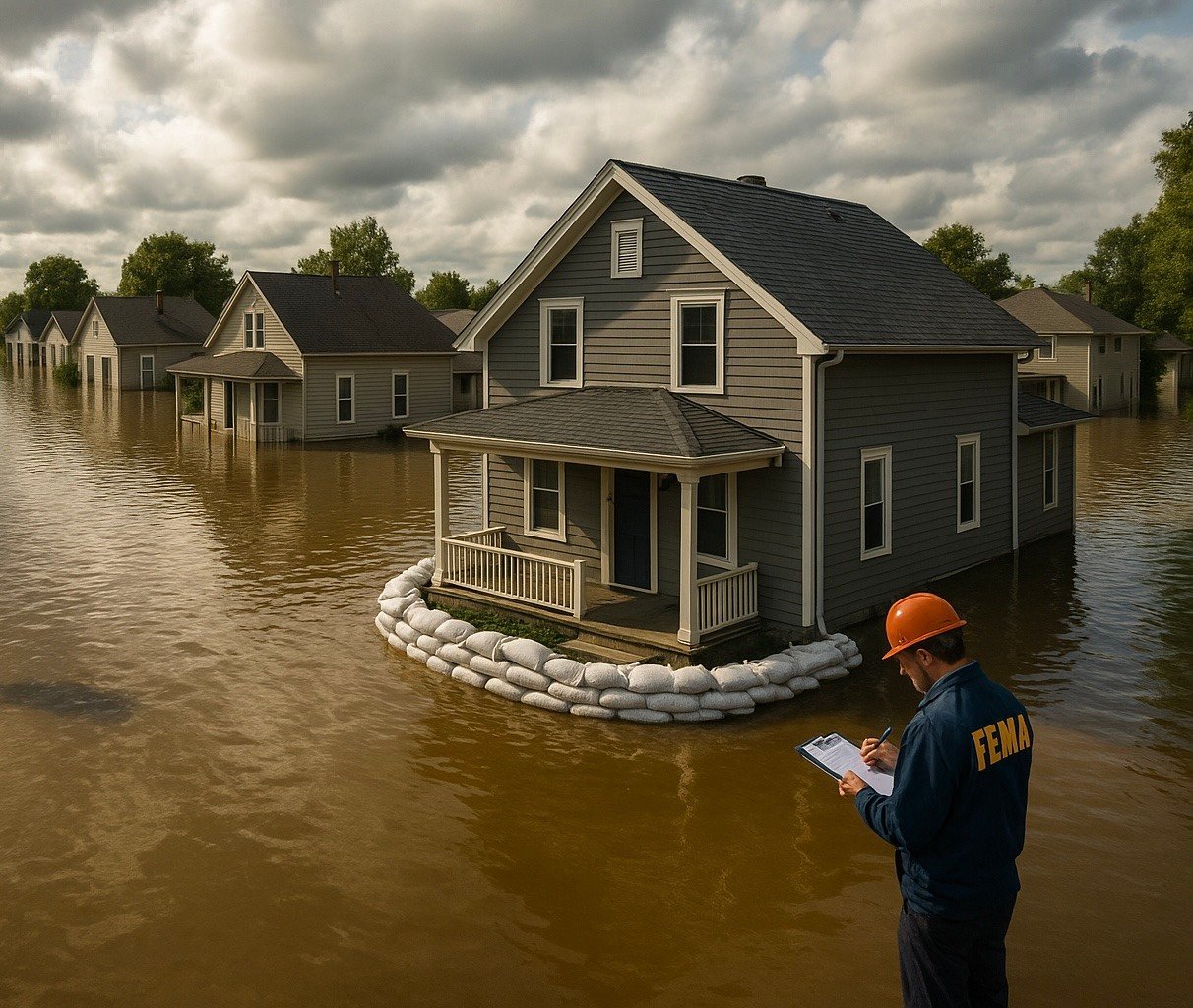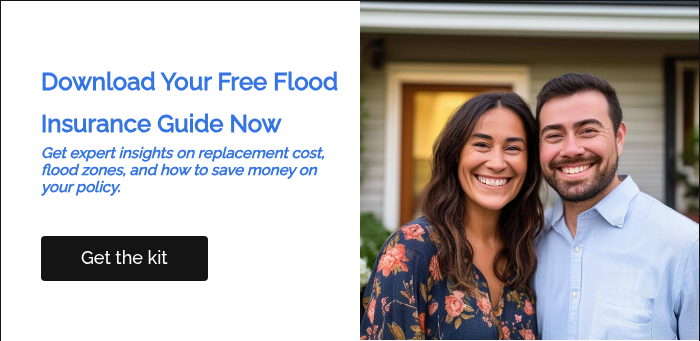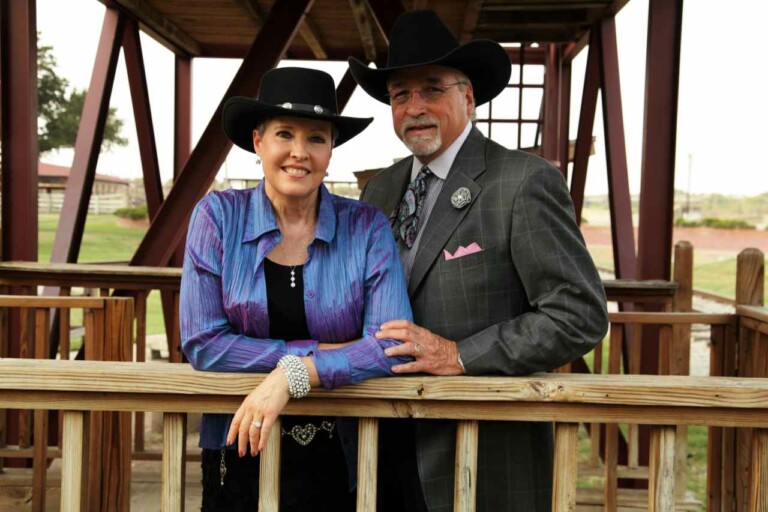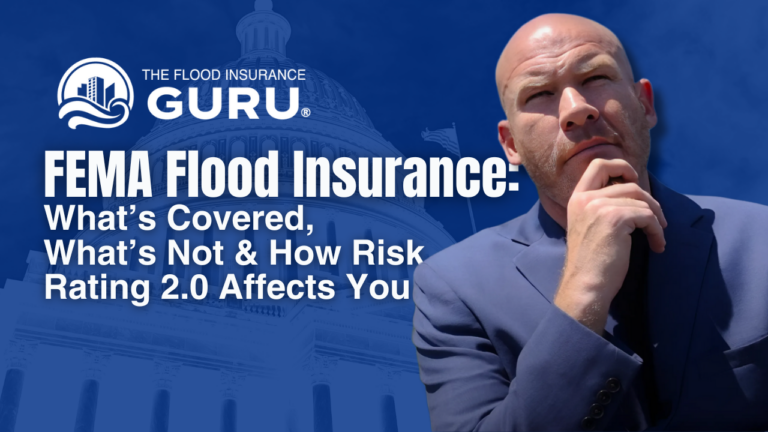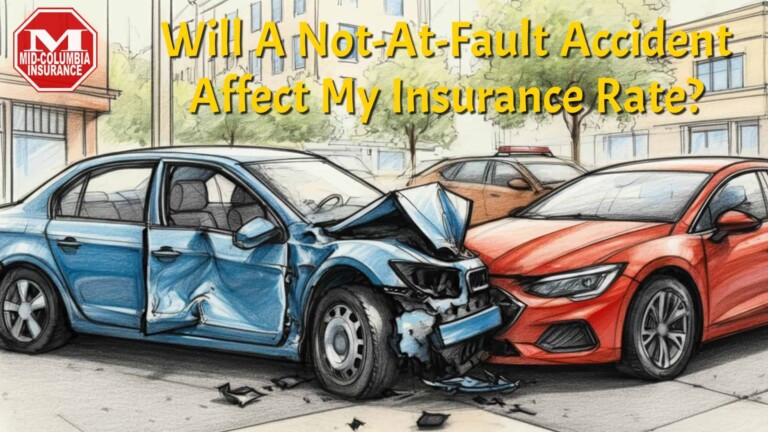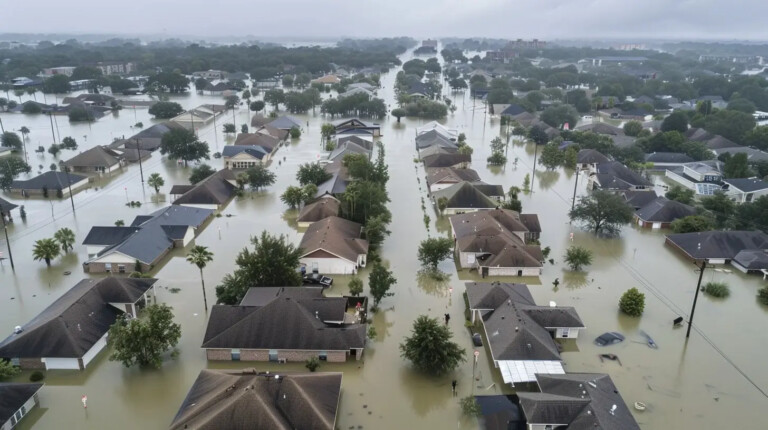What Happens if Your Home Is on the Repetitive Loss List?
Is Your Home on FEMA’s Repetitive Loss List? Here’s What That Really Means
Discovering that your property is classified as a Repetitive Loss (RL) or Severe Repetitive Loss (SRL) property can feel like hitting a wall—suddenly, insurance, selling, or even living in your home becomes much more complicated.
The consequences are real. Your flood insurance premiums might spike, buyers may walk away, and lenders might hesitate. Worst of all, many homeowners don’t even know they’re on the list until they’re deep into a transaction or flood claim.

According to FEMA, just 1% of properties are responsible for over 25% of flood insurance claims in some years—properties that end up under stricter rules and steeper costs.
What Is a Repetitive Loss Property?
FEMA defines an RL property as a building with at least two paid flood claims over $1,000 in any ten-year span since 1978. While that might seem straightforward, it’s a red flag in the world of flood risk.
A Severe Repetitive Loss (SRL) property takes it even further. These properties meet one of two criteria:
-
Four or more separate flood claims over $5,000 each, or
-
Two or more flood claims that, combined, exceed the current value of the property
Both designations trigger protocols within FEMA’s National Flood Insurance Program (NFIP) that affect premiums, policy servicing, and more.
How This Impacts You Financially
Premium Surges
One of the biggest shocks for homeowners is the insurance cost increase. SRL properties receive a 15% surcharge at the next policy renewal. On top of that, under FEMA’s Risk Rating 2.0:
-
Primary homes: 18% annual cap
-
SRL properties: 25% annual cap
-
Commercial/Investment: 25% annual cap
This continues until you reach the full risk-based rate, which can happen fast—25% reach it in year one, and 90% by year ten, according to FEMA projections.
If your policy qualifies under multiple risk factors (like SRL and prior claims), FEMA applies the one that results in the highest premium.
Policy Handling Changes
SRL policies are moved to FEMA’s Special Direct Facility (SDF) at renewal. This unit specializes in servicing high-risk flood properties, ensuring strict compliance and close oversight.
Here’s how the notification timeline works:
-
150 days out: Insurer verifies your status
-
120 days: Info transferred to SDF
-
90 days: You’re officially notified
-
45 days: SDF sends renewal documents

How Your Home’s Value and Marketability Are Affected
Disclosure Requirements
While federal law doesn’t mandate flood risk disclosures, many states do. For instance, Florida now requires sellers (as of Oct. 1, 2024) to disclose past flood claims and disaster aid.
This means buyers will likely know your flood history—and that could lower offers or slow down a deal.
Market and Lending Concerns
Homes in RL zones often face value drops. Studies from Texas show that 17 zip codes experienced market instability after flood insurance reforms.
Nearly half of SRL homes have received more in claims than they’re worth. As a result, lenders may tighten their requirements, or buyers may need to bring more cash to the table.
Solutions for Homeowners: From Elevation to Exit Strategies
Structural Mitigation
The best long-term fix? Elevate your home above the Base Flood Elevation (BFE). It’s expensive—typically $30,000 to $150,000—but it can dramatically reduce flood risk and insurance premiums.
Other proven mitigation steps include:
-
Installing flood vents
-
Using flood-resistant materials
-
Raising HVAC and electrical systems
-
Adding backflow valves
-
Improving property drainage
FEMA Grants and Assistance
You’re not on your own. FEMA offers strong incentives to mitigate:
Flood Mitigation Assistance (FMA)
-
SRL: 100% federal funding
-
RL: 90% federal, 10% local
-
Standard: 75% federal, 25% local
Work through your local government to apply—homeowners can’t submit directly.
Increased Cost of Compliance (ICC)
Up to $30,000 is available through your NFIP policy if your home is declared substantially or repetitively damaged.
Can You Be Removed from the SRL List?
Yes—under the right circumstances. You can appeal if:
-
The loss history is inaccurate
-
You’ve completed mitigation work
You’ll need documents like appraisals, elevation certificates, tax records, and before/after photos of mitigation efforts. A successful appeal can move your policy back to a regular provider.
When Individual Fixes Aren’t Enough
Buyout Programs
In high-risk zones, a full buyout might be the smartest option. Local governments can purchase the property at fair market value, demolish it, and use the land as permanent open space.
While expensive up front, FEMA-backed buyouts are cost-effective in the long run.
Repetitive Loss Area Analysis (RLAA)
Some communities take a bigger-picture approach by analyzing entire neighborhoods for flood risks. This helps secure additional FEMA support and can lower insurance costs for everyone through Community Rating System (CRS) credits.
What Homeowners Should Do Right Now
Here’s how to take control:
-
Document everything – Photos, claims, repairs
-
Talk to your local officials – Learn your BFE and options
-
Review your insurance – Understand premium impacts and coverage
-
Develop a mitigation plan – Identify the most cost-effective upgrades
-
Apply for aid – FEMA, state programs, and SBA loans are all possibilities
Success Is Possible: Real Stories of Recovery
One Louisiana homeowner elevated their house 13 feet—and hasn’t experienced damage since. Their flood premium dropped by 60%.
In Valmeyer, IL, the entire town relocated after the 1993 flood. Meanwhile, Charlotte-Mecklenburg, NC has removed over 400 properties through a successful buyout program, creating community greenways in their place.
Final Thoughts: Don’t Wait for the Next Flood
Being on FEMA’s Repetitive Loss list is a challenge—but it’s also an opportunity. Whether you pursue elevation, financial aid, or a buyout, you can take control of your future.
Every $1 spent on mitigation saves $6 in future losses.
The key is to act now—before another flood puts you in a tougher spot.
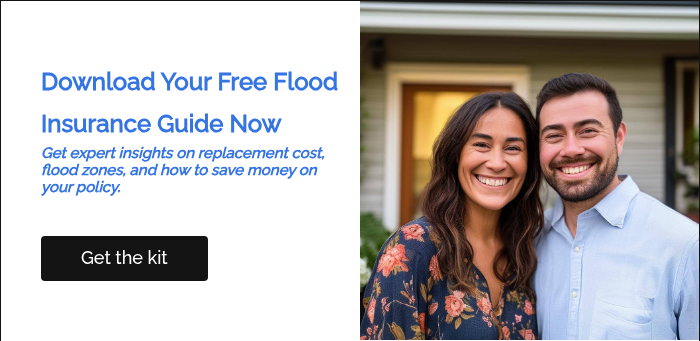
SRL properties: 100% federal funding (no local match required)
Information contained on this page is provided by an independent third-party content provider. This website make no warranties or representations in connection therewith. If you are affiliated with this page and would like it removed please contact editor @producerpress.com

